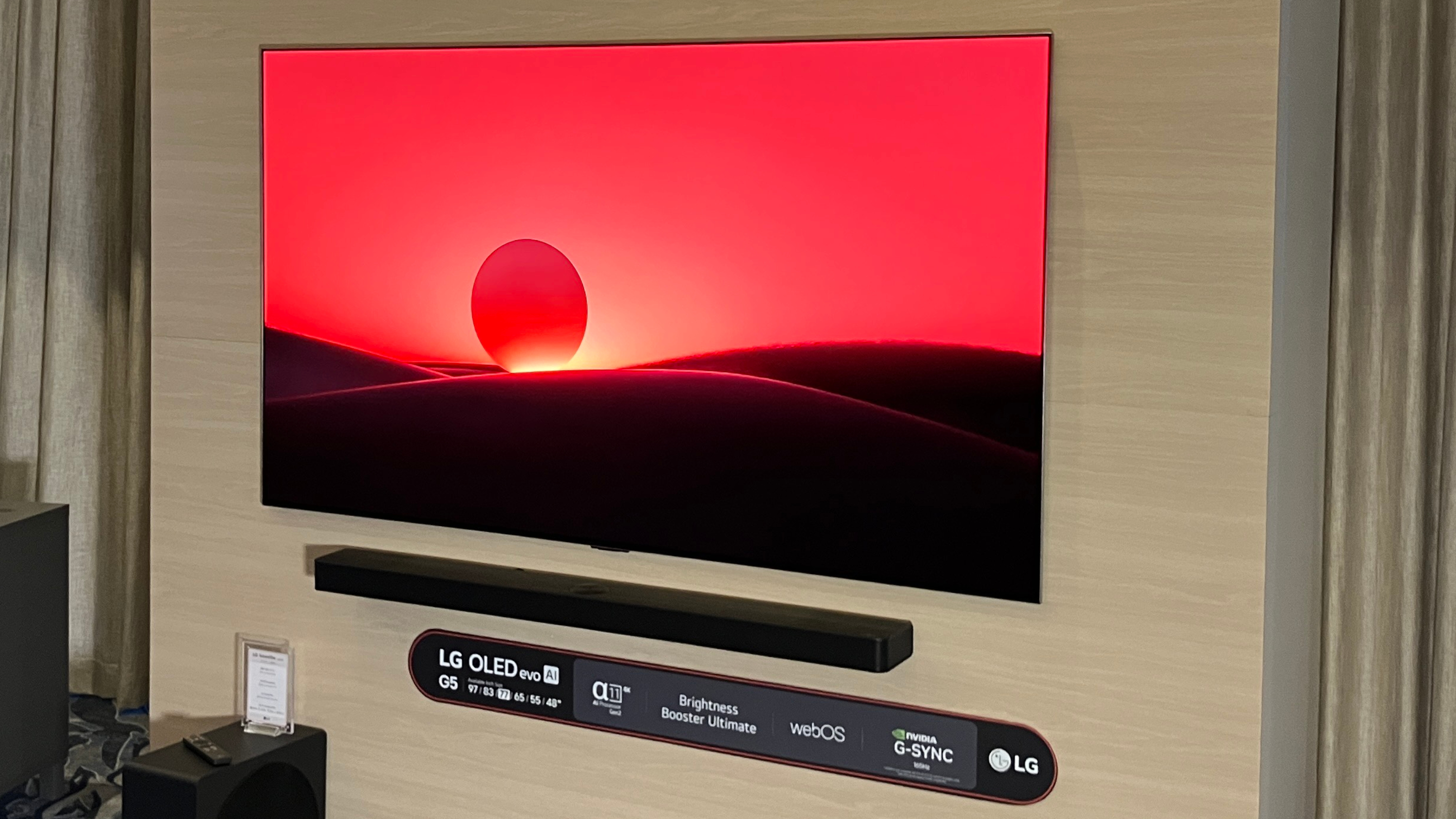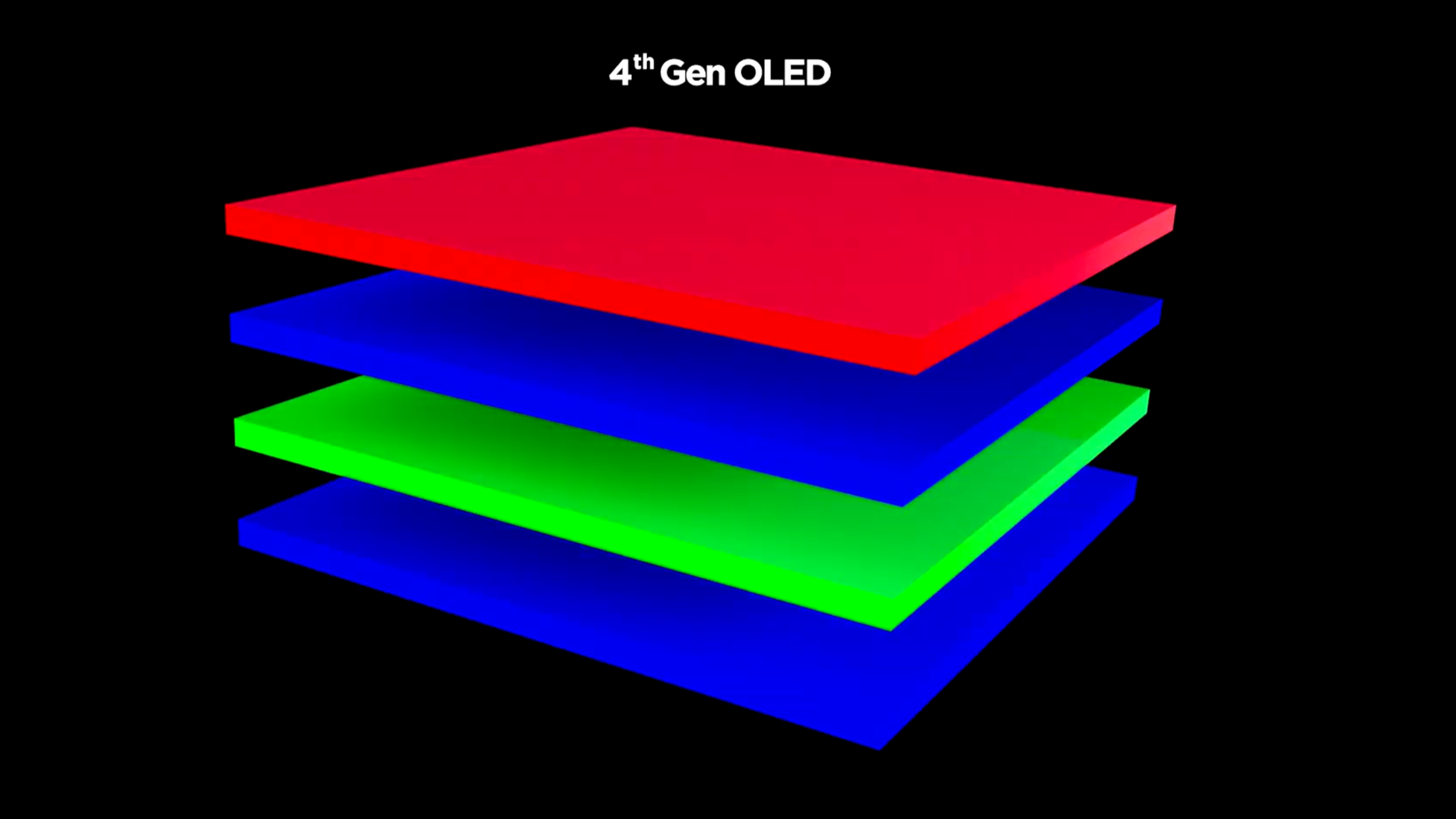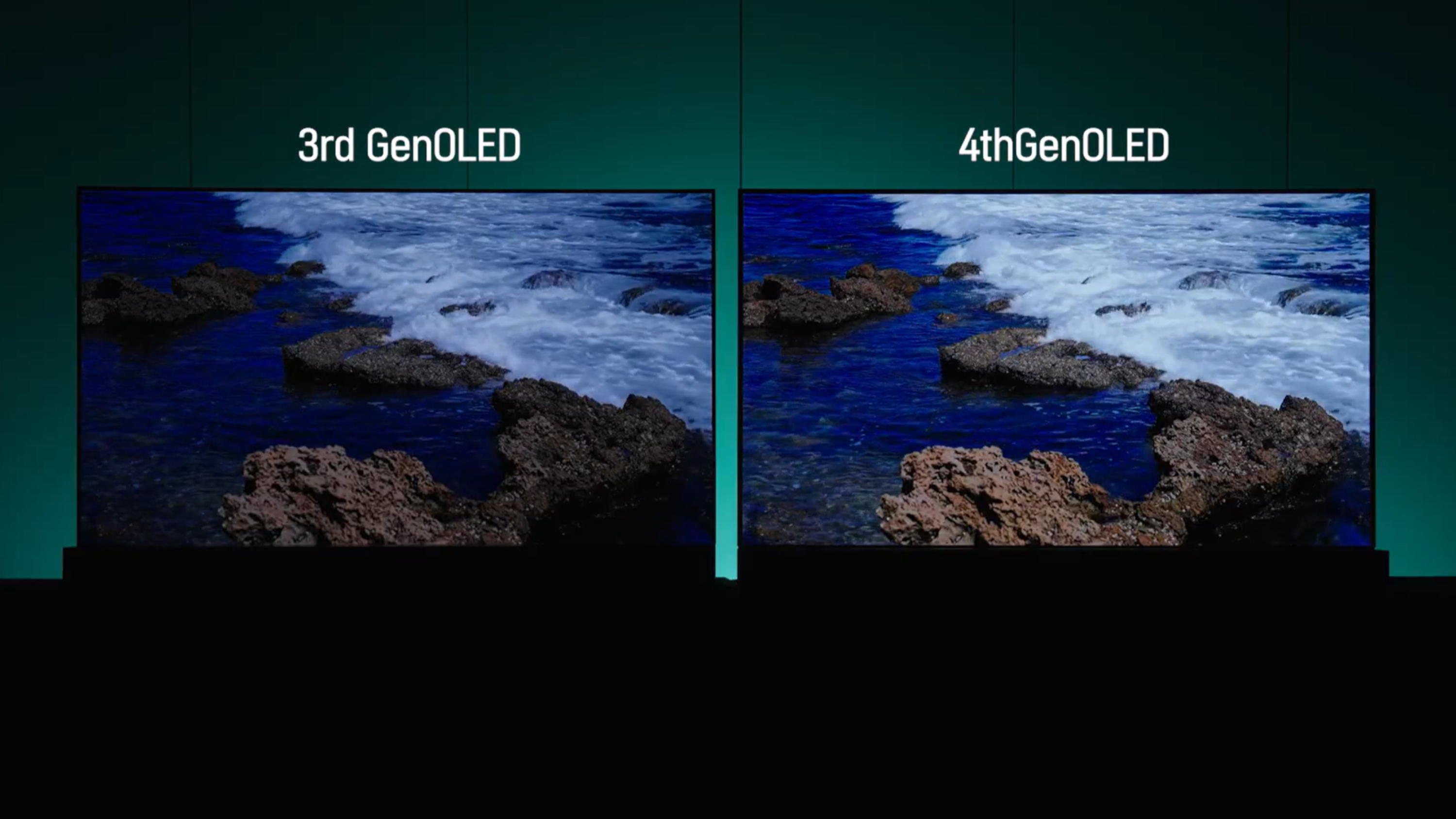It's official — LG Display's dazzling 4th-gen OLED panel will top LG's 2025 TV lineup
This year, the LG M5 and G5 OLED TVs will showcase the new four-stack design

LG Display formally announced the fourth generation of its OLED panel today (January 15) — it's a brighter, more energy-efficient display that will be available in top-tier LG OLED TVs this year.
It’s been a little more than a week since LG’s 2025 OLED TV lineup was revealed at CES 2025. During the showcase, LG dropped quite a big bombshell: Its top two OLED TVs, the G and M Series, would no longer be leveraging Micro Lens Array (MLA) display technology to enhance panel brightness.

At the time, LG representatives were tight-lipped about how LG Display managed to increase the brightness of the M5 and G5 OLED while shedding the hardware that helped their predecessors shine. MLA tech had effectively allowed LG’s flagship OLEDs to compete with quantum dot-enhanced OLEDs from Samsung and Sony (like the Samsung S95D QD-OLED).
In the days that followed, however, A/V enthusiasts and tech journalists got their hands on more details — and they did it with the help of one of LG’s rivals.
At the showcase for Panasonic’s 2025 TV lineup, the brand revealed details of its new flagship OLED, the Z95B. Once equipped with MLA technology, the Z95B will now tap something Panasonic refers to as Primary RGB Tandem technology. As Panasonic sources its OLED panels from LG Display, it did not take long for folks like my colleague Ryan Epps to figure out how the LG’s OLEDs would be going up in brightness this year without MLA hardware.

If you want the nitty gritty details, Ryan has done an excellent job explaining how LG’s four-stack OLED works and why LG and Panasonic are so enthusiastic about its performance. The short version goes like this: Previous generations of LG displays use three OLED layers to emit light, the fourth-generation panel harnesses four layers. LG Display says that this second blue layer — in tandem with green and red layers — allows these new OLED panels to get 33% brighter than its third-generation counterparts.
According to LG Display, the fourth-gen panel is capable of 4,000 nits of peak brightness, while previously, the third-generation OLED panel (with MLA technology) topped out at 3,000 nits. Given the nature of our TV performance tests, we’re unlikely to recreate those figures when putting 2025 LG OLED TVs through their paces later this year, but we’ll likely see performance gains in LG’s top OLED TVs year over year, which is quite exciting.
Sign up to get the BEST of Tom's Guide direct to your inbox.
Get instant access to breaking news, the hottest reviews, great deals and helpful tips.

Even better, the increase in brightness comes with a 20% decrease in power consumption on a 65-inch panel, as the design is more energy efficient than its predecessor. According to both Panasonic and LG, Primary RGB Tandem technology is easier on the eyes, too, as it emits less blue light than LCD/LED TVs.
With Samsung seemingly moving forward with more QD-OLED TVs in 2025, it’ll be interesting to see how LG’s four-stack OLED stacks up. For more on my first impressions of LG’s new OLED technology, check out my LG G5 hands-on review.
More from Tom's Guide

Michael Desjardin is a Senior Editor for TVs at Tom's Guide. He's been testing and tinkering with TVs professionally for over a decade, previously for Reviewed and USA Today. Michael graduated from Emerson College where he studied media production and screenwriting. He loves cooking, zoning out to ambient music, and getting way too invested in the Red Sox. He considers himself living proof that TV doesn't necessarily rot your brain.
